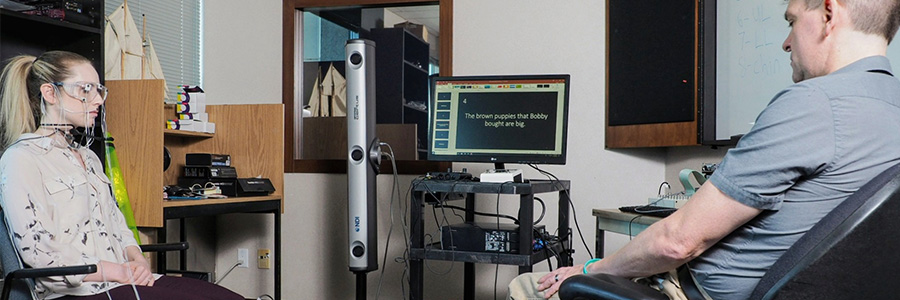Other Research Studies

ISTAR Clinical Outcomes During COVID-19
How did Remote Sessions Affect Treatment Efficacy?
Below are three studies that focus on the nature and treatment of stuttering, that were coordinated by ISTAR's previous Research Director, Dr. Torrey Loucks.
Speech Movement Variability
A speech production study looking at the benefit of stuttering treatment. We measured speech movement variability in persons who stutter over the age of 16. A motion tracking camera was used to follow the facial movements during speech. We collected speech movement data at the beginning of treatment and at the end of treatment (both in the intensive program and the weekly program).
Decision Making + Stuttering Treatment
This study is to assess the relationship between executive function and stuttering treatment outcome. Executive function is related to how people make decisions and process information. We then use this information on how people who stutter make decisions in relation to treatment outcome in order to improve the effectiveness of treatment.
Inhibition + Stuttering
We tested how people inhibit or refrain from moving. The ability to refrain from moving is just as vital as making a movement. There is research suggesting that stuttering could involve a difference in how speech is inhibited.